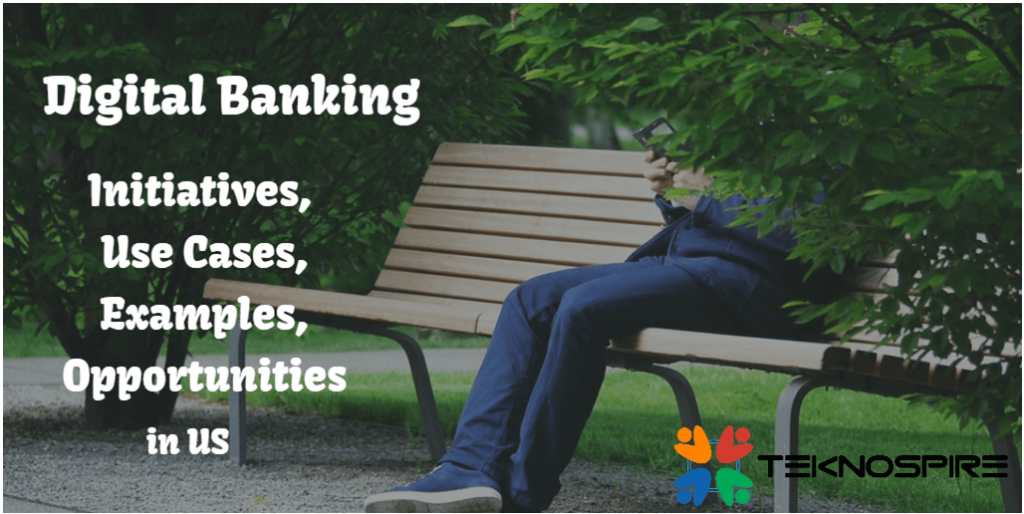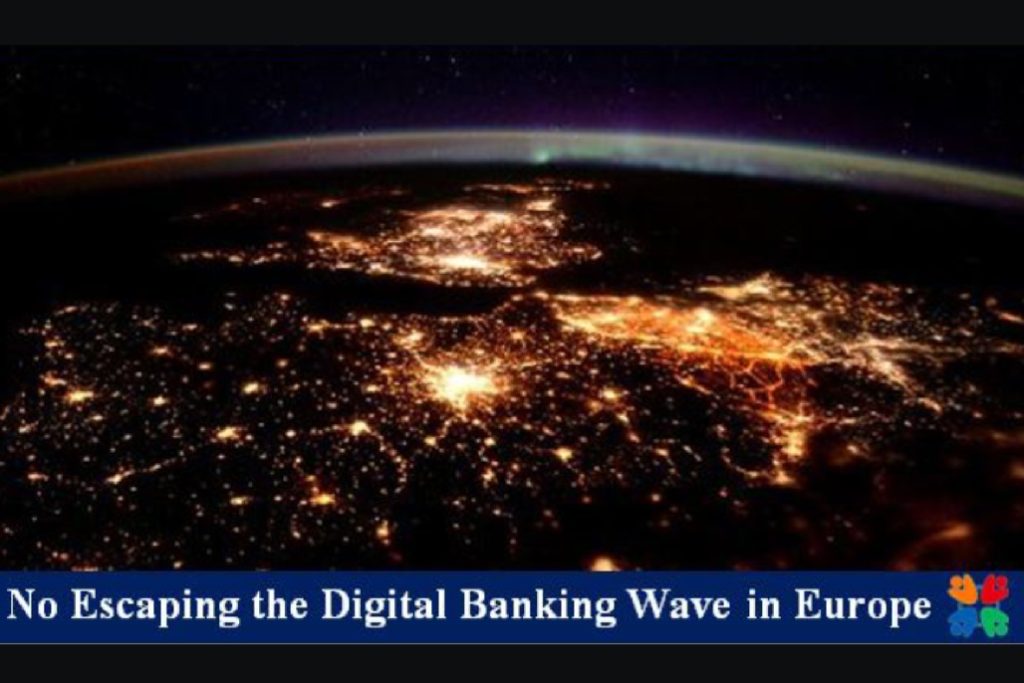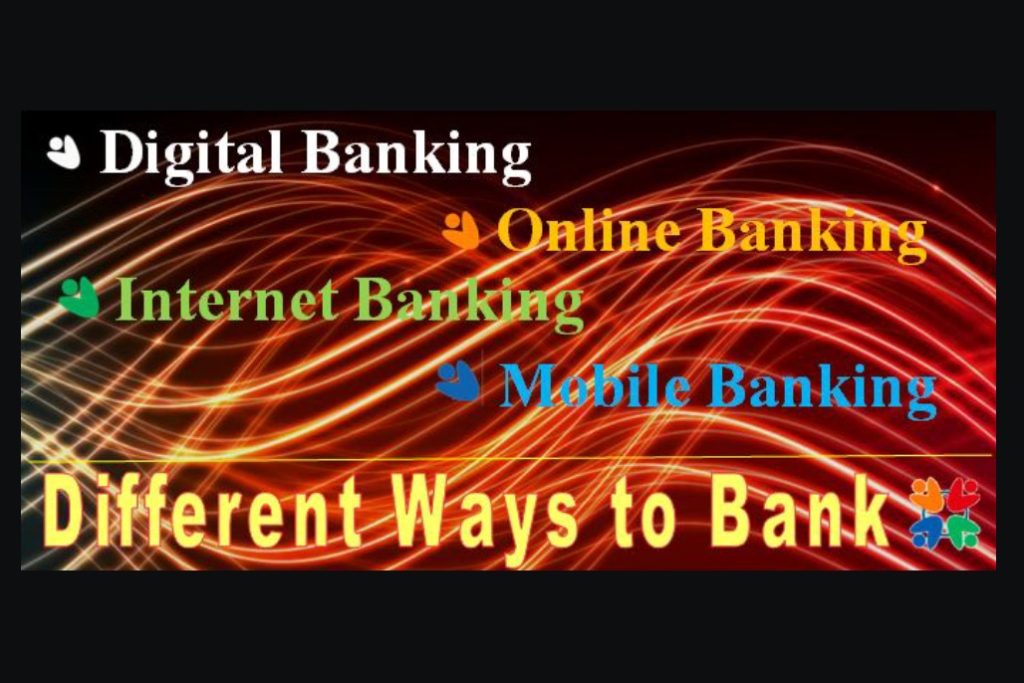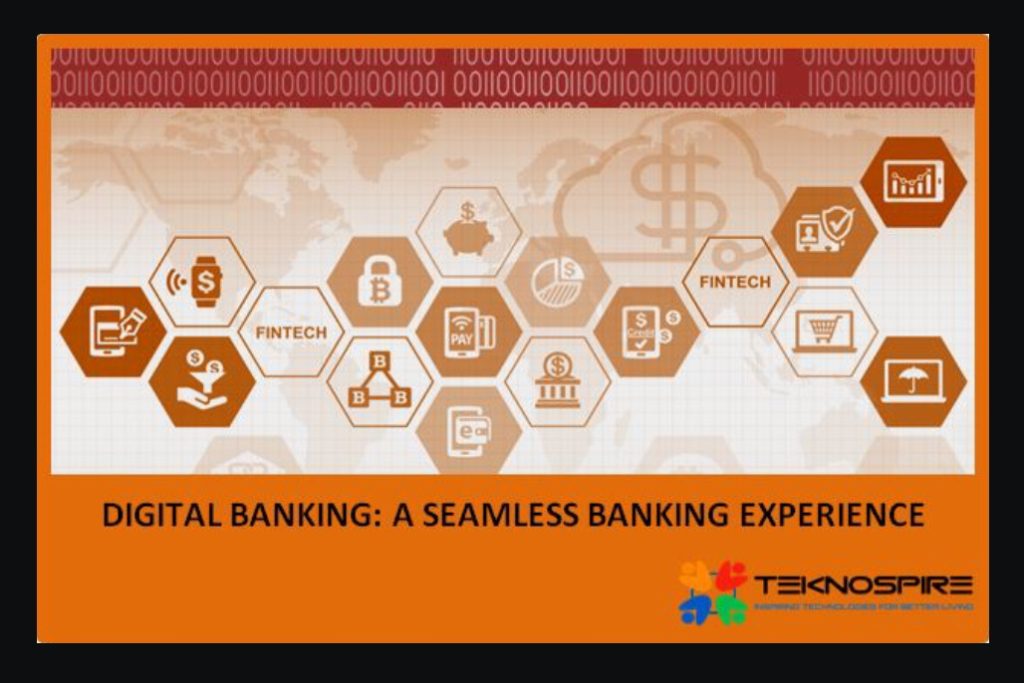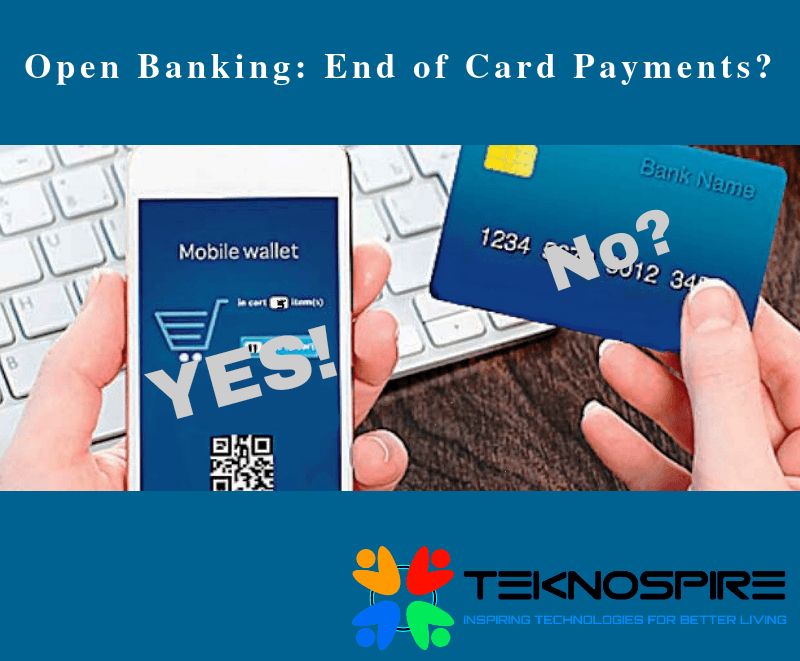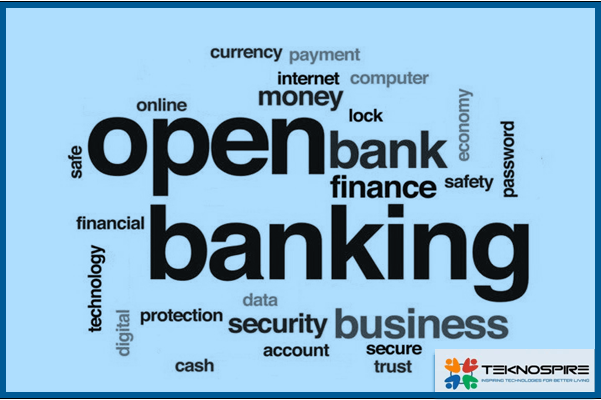DIFFERENT WAYS TO BANKING – DIGITAL, ONLINE, INTERNET, MOBILE BANKING, NEO, E-BANKING
Editor’s Note : This post was originally published in [January, 2019] and has been updated for freshness, accuracy and comprehensiveness. What is Online Banking Accessing Banking services via internet Also Called Internet Banking or Web Banking Conducting financial and non-financial transactions via web interface or a smartphone Ability to access all financial information of your bank on your computer or mobile What is Digital Banking Banking services delivered over internet Digitization of traditional banking activities and programs In technical terms, full digital transformation of front-end, back-end , data collection and everything What is Internet Banking Facility to a customer to transact/access financial data via a net banking account Internet banking is same as Online banking Manage your money online via internet. What is Mobile Banking Accessing banking services via Mobile phone Using of online banking from smartphone or cellphone What is Neo Banking Digital Only Digital Offers on the go Banking beyond walls “Financial Institutions must be able to deliver and easy to navigate, a seamless digital platform that goes beyond a miniaturized online banking platform.” -Jim Marous, Publisher – Digital Banking Report How many of you have actually visited a bank in recent times? Do you remember the last time you visited a bank to transact money? Not sure, right? The reason for this can be understood better if you acknowledge the fact that you live in an era of digital banking. Your buying behavior and modes of payment have changed drastically over the last decade. Cheque and cash are old schools now, and it is more about online banking, mobile banking, and Internet banking. This cashless economy has not only made things easier for you but has also made it all instant and quick. You no longer have to carry wads of cash or wait for banking hours to receive and transact money. While you do have quite an options when it comes to virtual banking, here, we would focus majorly on digital banking, mobile banking, open banking, and online banking. So here is the primer on different ways to bank. What is ONLINE BANKING | Define Online Banking You are using online banking service every time you log in to your online bank account. In other words, transactions conducted electronically using the internet as a gateway are called online banking. “Online banking refers to banking services where depositors can manage more aspects of their accounts over the Internet, rather than visiting a branch or using the telephone. Online banking typically is comprised of a secure connection to banking information through the depositor’s home computer or another device.” – Techopedia. So Online Banking is – Accessing Banking services via internet Also Called Internet Banking or Web Banking Conducting financial and non-financial transactions via web interface or a smartphone Ability to access all financial information of your bank on your computer or mobile What are the Pros of Online Banking | Advantages of Online Banking HASSLE FREE BANKINGAlmost every financial institution nowadays gives this facility to its customer to reduce the hassle of visiting their physical branch. EASY AND CONVENIENT FEATURESSome banks even allow you to deposit cheque by simply taking a picture of it. BANKING ANYWHERENo more tedious process of banking with the long queue with restricted working hours and unpredictable weather conditions with equally unpredictable mood swings in hot, sweaty and humid conditions. BANKING ANYTIMEWith the advent of online banking, a person can virtually monitor and transact money 24/7 without having to wait for the banking hours. REAL-TIME ALERTS/NOTIFICATIONSAlso, the alert messages and emails allow you tomonitor your account anytime and detect any fraudulence well in advance. What are the Cons of Online Banking| Disadvantages of Online Banking COMPUTER/MOBILE CANNOT DISPENSE/DEPOSIT MONEYThe biggest drawback of this mode of banking is that it can’t be used to deposit and withdraw money. NO OFFLINE MODEAlso, your online banking experience is dependent on your internet connectivity. What is DIGITAL BANKING? | Define Digital Banking While there is a tendency among people to confuse this term with online banking, digital banking is definitely not the same as the former. While online banking literally limits you to the services provided by your banks like NEFT transfers, automatic payment reminders, and the likes, digital banking goes beyond this. Online banking focuses on digitizing the “core” aspects of banking, but digital banking encompasses digitizing every program and activity undertaken by financial institutions and their customers. Digital Banking is – Banking services delivered over internet Digitization of traditional banking activities and programs In technical terms, full digital transformation of front-end, back-end , data collection and everything What are the Pros of Digital Banking? | Advantages of Digital Banking ACCESS HIGH-END FEATURES VIA INTEGRATION WITH THIRD PARTY API’SWhen you talk about digital transactions, you think of mobility, feature-laden transactions, predictive and profile-oriented banking with functions like booking tickets online and purchasing a product/service online. SHOP FROM OFFICE, HOME, BUS OR ANYWHEREIt is also about using e-commerce businesses for doing your day-to-day transactions and your regular online banking without any hassle on-the-go. AVAIL INSTANT DISCOUNTS AND CASHBACKSDigital banking also means attractive cash-backs, discounts, and vouchers while transacting digitally. What are the Cons of Digital Banking? | Disadvantages of Digital Banking While the advantages outweigh the disadvantages, there are a few drawbacks involved in digital banking as well. RELUCTANCE TO CHANGEYou may not be very comfortable making large payments digitally. EXCESS SPENDING’SAlso, you may tend to get lured into unnecessary online shopping just to use the cash back and vouchers that you get whiletransacting digitally. But who considers shopping a drawback ever, right? What is INTERNET BANKING? Define Internet Banking | What is e-banking? You may say that online banking and internet banking are the same. Yes, agreed! However, there is a new facet of online banking that goes over and beyond the understanding and scope of online banking. Open Banking! Ever wonder what that means to you? Through this concept, people can share their transaction data with third parties to boost competition in the financial market. Sounds interesting, right? So, Internet Banking or e-banking is – Facility to a customer to transact/access financial data via a net banking account Internet banking is same as Online banking Manage
